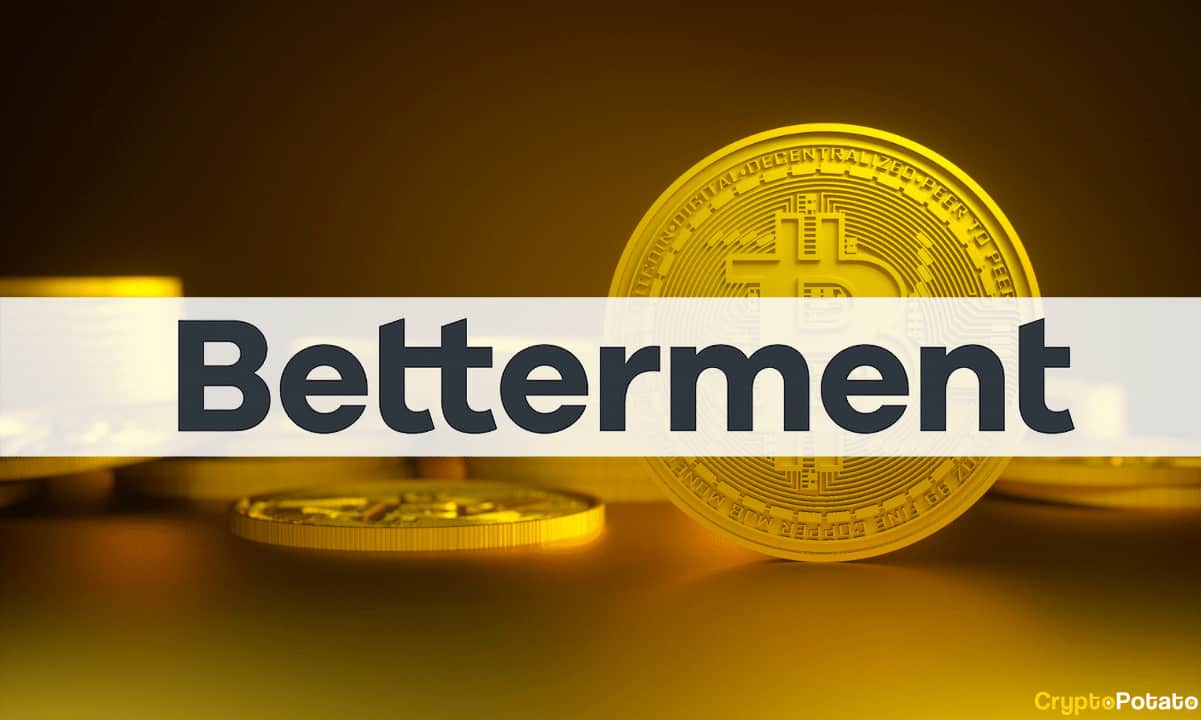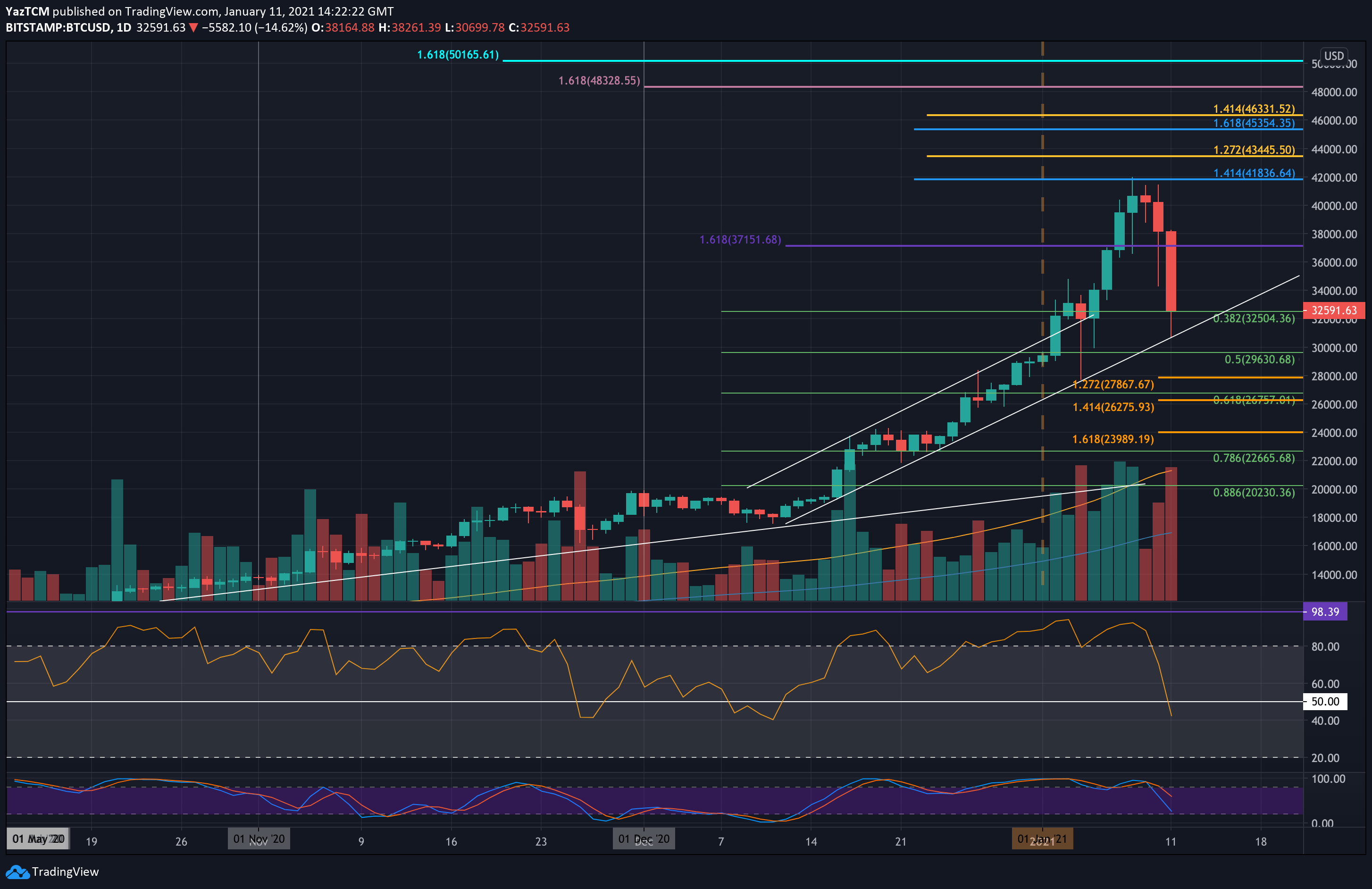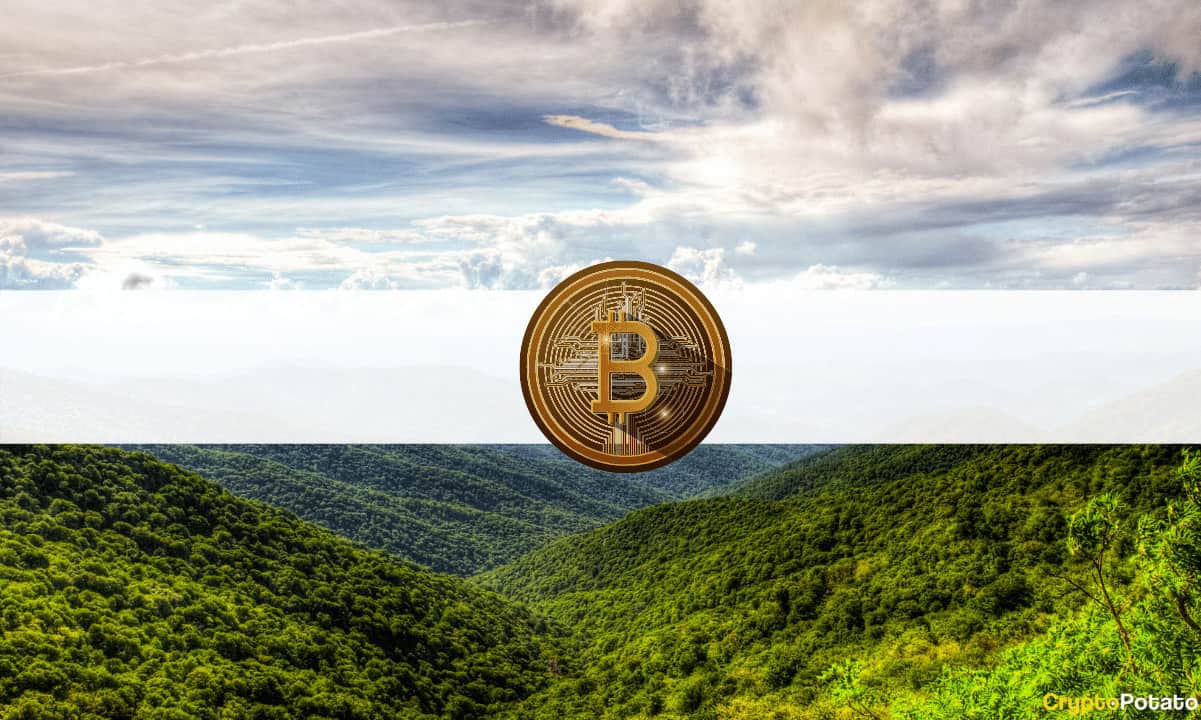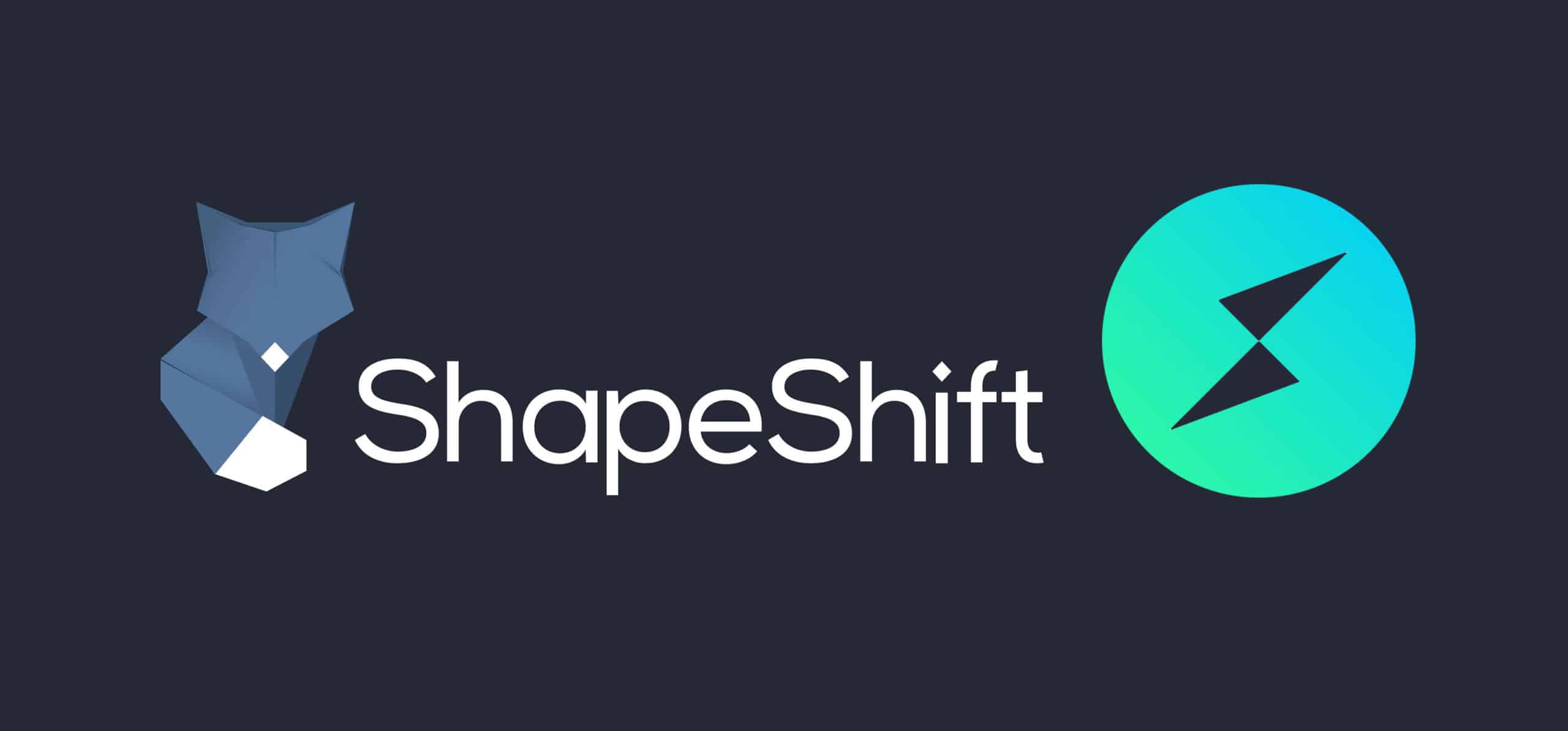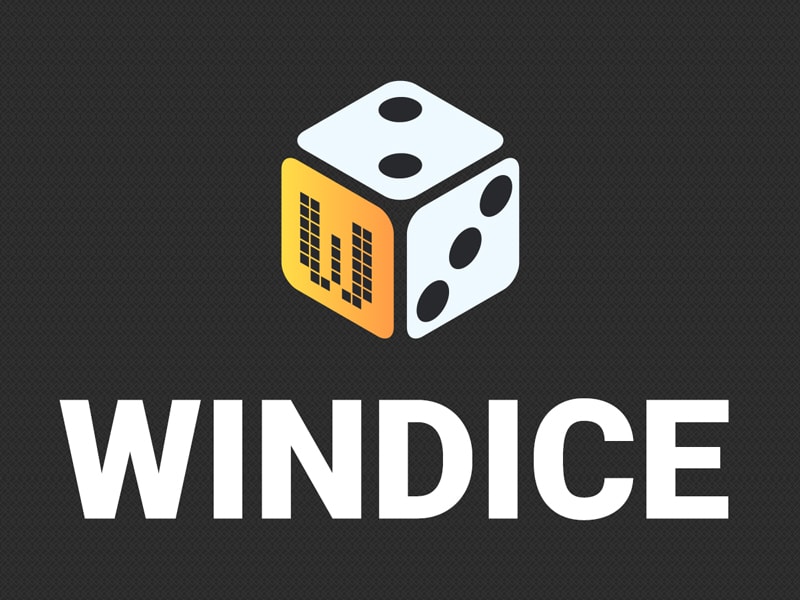Real-World Assets: Crypto’s Latest Big Buzz – But is it Truly Here to Stay? (Op-Ed)
The crypto industry has come a long way since the ICO bubble of 2017, when two schools of thought existed: digital currencies were the next big thing or an outright scam.
Nowadays, you won’t find many opining that crypto is the next big thing – with a global market of $1.5 trillion, isn’t it already big? As for those claiming it’s an egregious scam, many have gone to the ground while others appear increasingly tone-deaf as a slew of institutional heavy hitters enter the Web3 space.
One of the most talked about buzz topics in crypto, particularly as the asset class has started to mature and blockchain adoption has increased, is the tokenization of real-world assets (RWAs).
What if traditional investments – property, art, gold, oil, treasuries, luxury watches – could be tokenized and added to the blockchain? Wouldn’t these tangible goods enjoy all the attendant benefits that people rave about when discussing Bitcoin, Ethereum, or USDC? Namely fast settlement, cross-border simplicity, transparency, and security.
Bringing RWAs to Blockchain
RWAs are not a modern phenomenon: the concept of swapping the trading of paper for wallet addresses has been around since the ICO fervor of 2017. An article published in Nasdaq in March of that year outlined the various benefits to be gained from tokenizing RWAs, noting the significant overheads of the Web2 tradfi systems that facilitate business using the old model.
Naturally, the industry has moved forward in the intervening period. Indeed, the price of BTC more than tripled between 2017 and 2021, while the likes of Tesla, MicroStrategy, and, amazingly, the government of El Salvador have since added billions of dollars of crypto to their balance.
Moreover, the emergence of the decentralized finance (DeFi) industry and its trustless financial protocols for trading, lending, and saving has multiplied the use cases for digital assets and brought a flood of investor capital to the party.
DeFi did not really exist when RWAs were first discussed in 2017. But recent chatter about real-world assets invariably references the sector since it will inevitably be the DeFi protocols (among others) that add support for RWAs to their interfaces.
Indeed, it’s already happening: decentralized networks like Centrifuge enable the tokenization of assets such as royalties, invoices, and real estate bridge loans, while Ondo Finance has its own US dollar Yield Token (USDY), a tokenized note secured by short-term US Treasuries and bank demand deposits.
With DeFi yields having fallen dramatically since the days of the surging bull market, the prospect of tokenized RWAs presents a new possible source of yield in DeFi, giving holders of fine art, commodities, equities, derivatives, precious metals, and property a chance to leverage their liquidity to earn a return.
Why Tokenize Tangible Assets?
The benefits of RWA would, to be sure, flow in both directions: the arrival of established asset classes to DeFi, which is often seen as a Wild West for investors, would bring stability to the industry while strengthening its credibility. Billions of dollars worth of crypto liquidity would also flow into RWAs, and top-performing digital currencies like Bitcoin would suddenly represent an alternative form of collateral for tangible assets.
Moreover, more businesses would be exposed to DeFi and the prospect of tokenizing real-world assets into fractional ownership. An investor interested in buying property, for example, might be unable to afford a mansion, but if that mansion was divided into 500 tokens and its ownership distributed among a network of investors, it could suddenly become workable. The same is true of a supercar, a yacht, a Cessna – you get the idea.
At the recent Digital Asset Week in London, several leading global financial institutions, including BlackRock and Standard Chartered, outlined their plans of action in the Web3 space. According to Forbes’ fintech reporter Lawrence Wintermeyer, one topic on the agenda was the tokenization of precious metals, property, and private markets, a subject that was “coming back into focus after a lull for a few years, driven by higher interest rates.”
According to Wintermeyer, private protocols, and networks will absorb RWAs, as public protocols may not “stand up to scrutiny of the many jurisdictional laws and regulations.”
So, what needs to happen in order for real-world assets to become a meaningful economic driver for Web3, as opposed to riding the hype wave before peaking and flopping spectacularly like jpeg NFTs before them?
Well, the current implementations of RWAs in the wild will have to be deemed a success, lest institutions sour on the idea and return to their old, reliable way of doing things. Existing implementations include JP Morgan’s Tokenized Collateral Network (TCN), a private blockchain app that allows the tokenized representation of collateral assets (such as tokenized Money Market Fund shares) to be transferred on-chain. In October, the TCN facilitated its first transaction between BlackRock and Barclays.
Elsewhere, HSBC has launched its own gold tokenization platform, HSBC Evolve, enabling institutional investors to acquire tokens representing physical gold (as well as silver, palladium, and platinum) held in its London vault. Of course, precious metals have already been tokenized by a number of platforms, including Bitgild and Pax Gold. But the arrival of a major player like HSBC into the industry is yet another endorsement of blockchain for investors who tend to shun crypto in favor of the Web2 sandbox.
Whether tokenized on Web3-native decentralized protocols or private networks created by tradfi bellwethers, real-world assets are making their way onto blockchain at a rapid rate. Amid growing institutional interest from institutions like Fidelity, Santander, and BlackRock and a strong desire for yield amongst investors disheartened by DeFi’s falling rates, RWAs seem destined to continue gaining traction. Little wonder Boston Consulting Group expects the on-chain RWA market to hit $16 trillion by 2030.
Author bio
As the COO/CBDO of Mintlayer, Zaid Ismail stands at the forefront of integrating blockchain technology for real-world asset tokenization and opening Bitcoin to DeFi. A visionary with deep roots in Silicon Valley’s tech landscape and New Zealand’s healthcare sector, Zaid is now channeling his expertise in Dubai’s dynamic environment. His journey, marked by leading roles in enterprise sales, management, and corporate development, reflects a keen insight into emergent trends and an entrepreneurial spirit. Zaid’s pivotal role in AI-driven projects like HeartLab underscores his commitment to innovation. At Mintlayer, he envisions and works towards a future where blockchain technology democratizes access to real-world asset investments, believing in the power of technology to reshape the future of global markets.
The post Real-World Assets: Crypto’s Latest Big Buzz – But is it Truly Here to Stay? (Op-Ed) appeared first on CryptoPotato.

